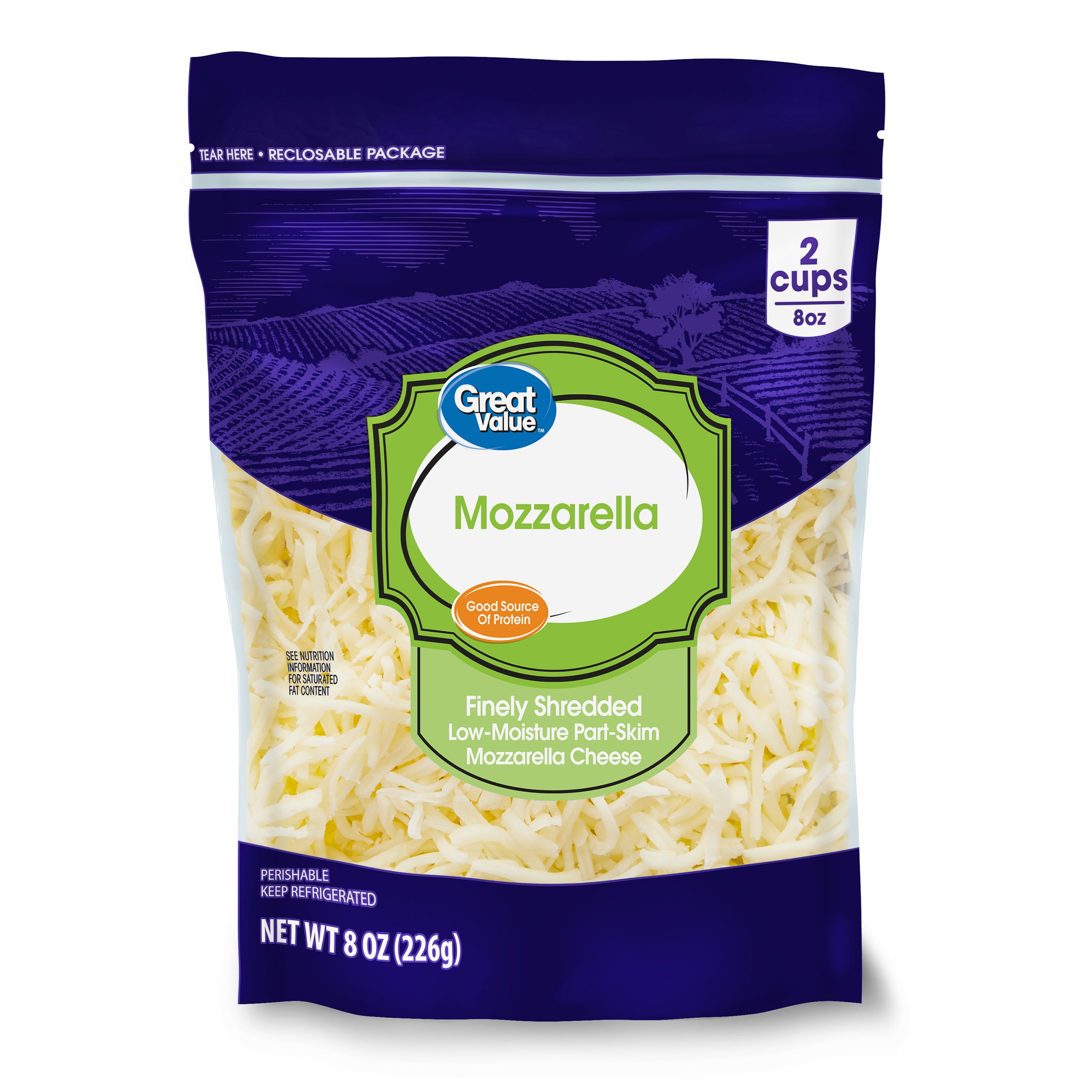

The modern consumer is more affluent and aware of nearly all aspects of cheese quality. Sensory evaluation of cheese presents a considerable challenge since there are numerous cheese varieties. The physical properties of cheese are largely determined by the casein content, the type, number and strength of casein interactions, proximate cheese composition and ripening conditions (Lucey et al. Since cheese is an integral part of food products, it is becoming increasingly important for the cheese manufacturers to produce their cheese according to the functionalities required for the end use (Atanu 2001).Ĭheese is an extremely versatile food product that has a wide range of flavours, textures, and end-uses. There is a growing demand for cheeses and/or cheese toppings possessing customized functional attributes in the pizza, burger, and sandwich trade (Atanu 2001). flowability, mouthfeel, flavour and/or stretchability) forms (Rohit and Metzger 2008 Lucey 2008). sliceability, shredability, grateability) and cooked (e.g. As an ingredient in food system, cheese is expected to exhibit functional characteristics in the raw (e.g. Cheese is primarily used for its organoleptic contribution to food however, it provides nutrition and functionality to an array of foods. This comprehensive review paper will provide an insight to the cheese maker regarding the factors determining the functional properties of cheese and also for the pizza manufacturers to decide which age of cheese to be used which will perform well in baking applications.Ĭheese, a highly nutritious and palatable food, is of significant value in the diet since it comprises of almost all of the protein, fat, essential minerals, vitamins and other nutrients. Development of ‘tailor-made cheese’ involves focusing on manipulation of such unique traits of cheese in order to obtain the desired characteristics for its end use application suiting the varied consumer’s whims and wishes. The residual galactose content in cheese mass determines the propensity of cheese to brown during baking. For instance pH of cheese determines the cheese structure which in turn decides the cheese shredability and meltability properties. When a cheese is destined for its end use, some of its unique characteristics play a significant role in the products acceptability. Melting, stretching, free-oil formation, elasticity and browning are the functional properties considered to be significant for Mozzarella cheese. As an ingredient in foods, cheese is required to exhibit functional characteristics in the raw as well as cooked forms. The vast majority of cheese is eaten not by itself, but as part of another food. Cheese is an extremely versatile food product that has a wide range of flavor, textures and end uses.


 0 kommentar(er)
0 kommentar(er)
